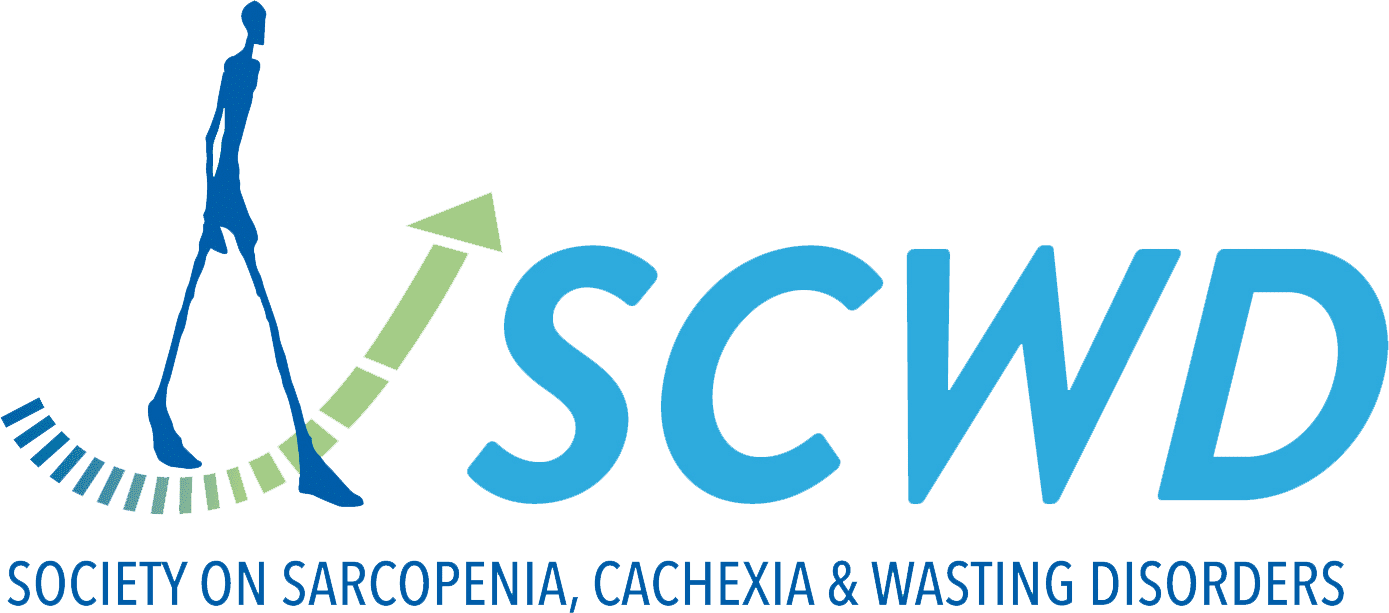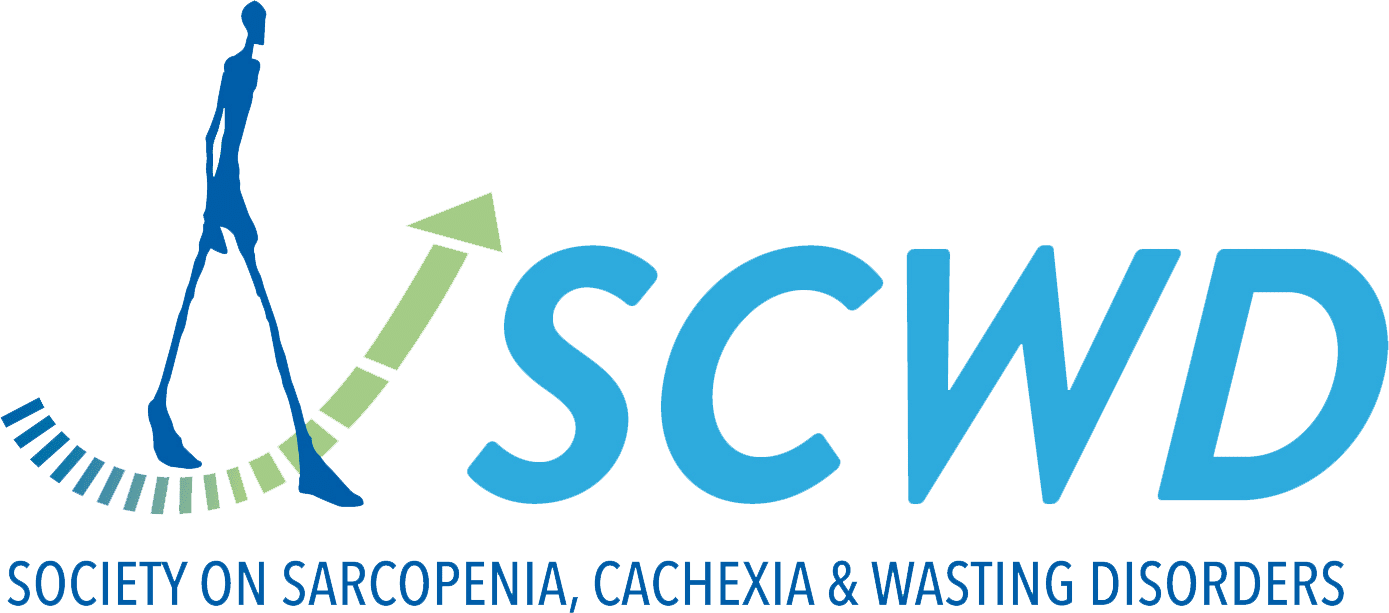Causal relationships of circulating amino acids with sarcopenia-related traits: A bidirectional Mendelian randomization study.
Recent studies have indicated a correlation between certain Amino acids (AAs) and sarcopenia. However, the exact causal relationship among these associations is still unclear. This study aims to elucidate the causal relationships between 20 types of AAs and the phenotypic...


